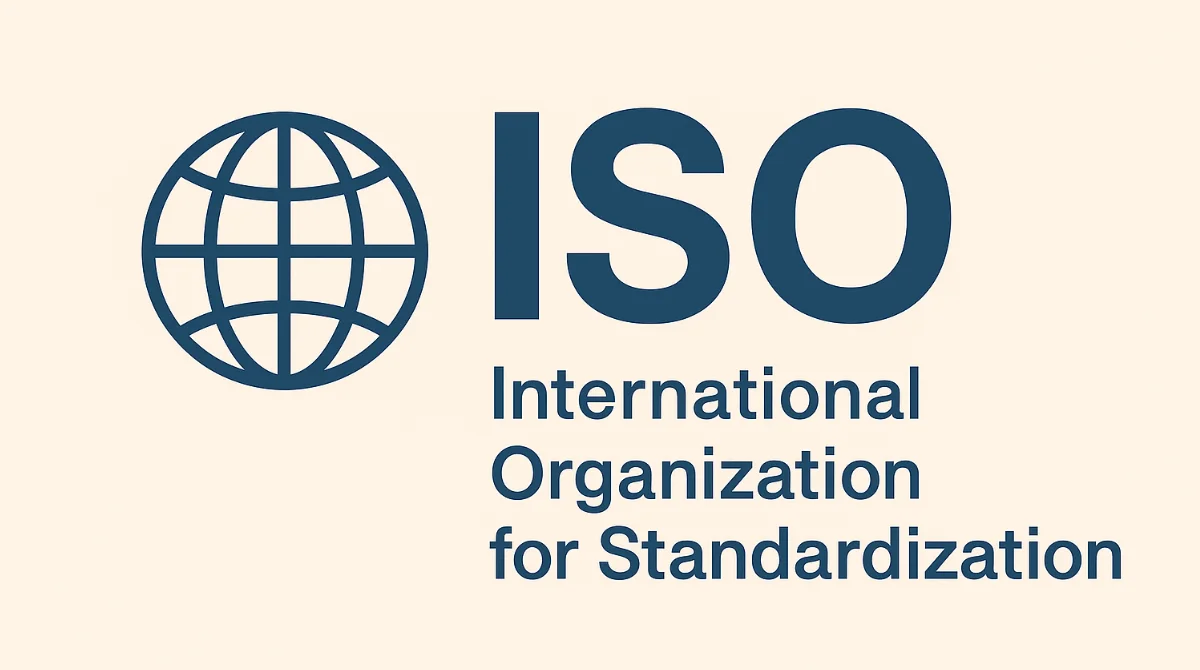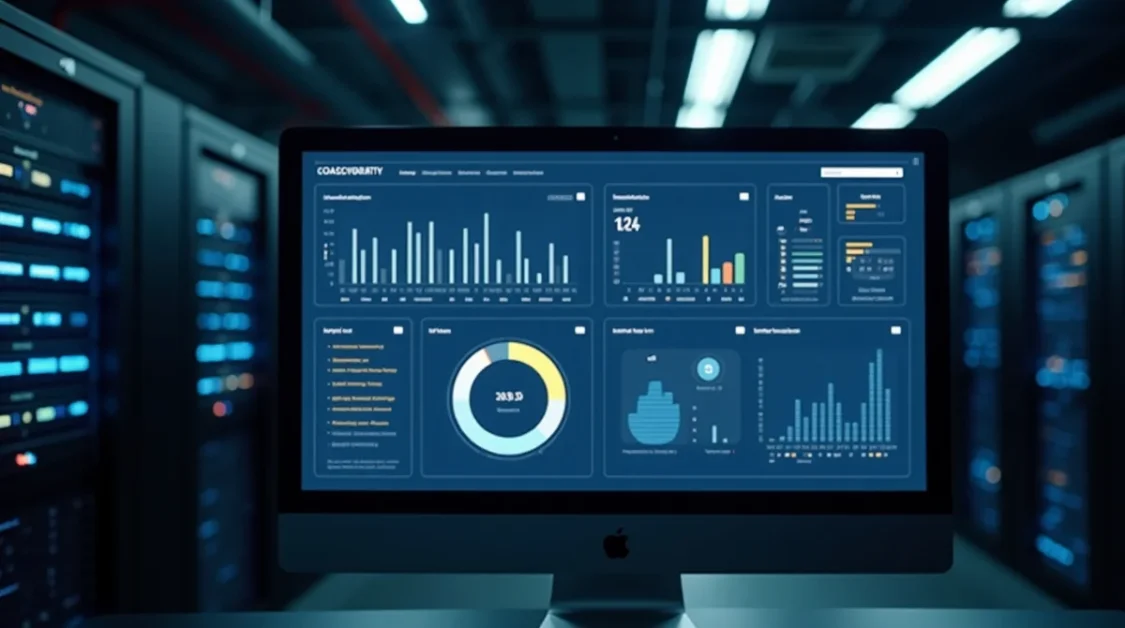The term ISO appears in various contexts, from international standards to photography and computer files. Understanding its different meanings can help you navigate these fields more effectively. This article breaks down the various interpretations of ISO in simple terms.
Why ISO Standards Are Important?
- Consistency: Products work the same in different places.
- Safety: Makes sure items like food, machines, and tools are safe to use.
- Trust: Companies that follow ISO rules look more professional.
- Trade: Makes international trade easier because everyone follows the same guidelines.
More than 25,000 ISO standards exist today, covering industries like medicine, energy, education, and transportation
ISO: International Organization for Standardization
Fundamentally, ISO is an acronym for the International Organization for Standardization, a Geneva, Switzerland-based independent non-governmental organization. Established in 1947, ISO develops and publishes international standards to ensure the quality, safety, and efficiency of products, services, and systems across various industries.
Key Facts About ISO:
- Global Reach: Each of the 170 national members of ISO represents their respective nation.
- Standard Development: Over 25,000 standards have been published, covering areas like technology, manufacturing, and agriculture.
- Consensus-Based: Experts from a range of industries work together to set standards.
The name “ISO” is derived from the Greek word “isos,” meaning equal, to ensure uniformity across different languages and countries.
ISO in Photography: Light Sensitivity Settings
The sensitivity of your camera’s sensor to light is referred to as ISO in photography. It’s one of the three pillars of the exposure triangle, alongside shutter speed and aperture.
Understanding ISO Settings:
- Low ISO (e.g., 100): Less sensitive to light; ideal for bright conditions; produces clearer images with less noise.
- High ISO (e.g., 1600): More sensitive to light; suitable for low-light situations; may introduce grain or noise into the image.
Adjusting the ISO allows photographers to capture images in various lighting conditions without compromising shutter speed or aperture settings.
ISO Files in Computing: Disk Image Files
In the realm of computing, an ISO file is a digital replica of an optical disc, such as a CD or DVD. These files contain all the data from the original disc, packaged into a single file with a “.iso” extension.
Uses of ISO Files:
- Software Distribution: Many operating systems and large software packages are distributed as ISO files.
- Backup: Creating ISO files allows for easy backup of physical discs.
- Virtual Drives: ISO files can be mounted as virtual drives, enabling access without physical media.
Handling ISO files typically requires specific software to mount or burn them to physical media.
ISO Standards: Ensuring Quality and Safety
To make sure goods and services fulfill certain criteria, ISO creates a number of standards. Some well-known standards include:
- ISO 9001: Focuses on quality management systems, ensuring organizations meet customer and regulatory requirements.
- ISO 14001: Helps businesses reduce their environmental effect by addressing environmental management systems.
- ISO 27001: Addresses information security management and protects confidential business data.
Adhering to these standards can enhance an organization’s credibility and operational efficiency.
Common Myths About ISO
1. ISO is a Government Agency
False. ISO is independent. Governments are members through national bodies, but ISO operates globally and independently.
2. ISO Certification Is Expensive
While certification can involve costs, it often saves money in the long run through better efficiency and fewer mistakes.
3. Only Big Companies Need ISO
Even small businesses can benefit. In fact, many small startups use ISO to prove their quality early on.
Popular ISO Standards
ISO has created thousands of standards, but some are more commonly used than others. These popular ISO standards are found across many industries and help make everyday life safer and more reliable.
ISO 9001: Quality Management Systems
This is one of the most famous ISO standards. It assists businesses in ensuring that their goods and services are reliable and satisfy consumers.
- Used in: Factories, service providers, hospitals, schools
- Benefits: Improved quality, better customer satisfaction, fewer mistakes
ISO 14001: Environmental Management
This standard helps businesses reduce their negative impact on the environment. It covers how companies handle waste, energy, pollution, and resources.
- Used in: Manufacturing, construction, agriculture
- Benefits: Lower pollution, energy savings, eco-friendly reputation
ISO 27001: Information Security
In a digital world, data protection is critical. ISO 27001 sets rules for keeping sensitive information safe, such as passwords, financial data, and personal records.
- Used in: IT companies, banks, hospitals, online stores
- Benefits: Cybersecurity, trust from clients, legal compliance
ISO 45001: Occupational Health and Safety
This standard is designed to keep workers safe by managing risks through effective Risk Management and creating a safe work environment.
- Used in: Factories, construction sites, offices
- Benefits: Fewer accidents, better employee well-being, legal safety
ISO 22000: Food Safety Management
ISO 22000 helps businesses in the food industry keep their products safe to eat. It covers hygiene, handling, and risk prevention in food production.
- Used in: Restaurants, food factories, packaging units, grocery suppliers
- Benefits: Safe food, customer trust, fewer food recalls
ISO 50001: Energy Management
This helps organizations improve how they use energy, which lowers their costs and reduces carbon emissions.
- Used in: Energy companies, factories, transport systems
- Benefits: Lower bills, energy efficiency, environmental care
ISO 31000: Risk Management
This standard helps businesses identify and manage different types of risks financial, legal, safety, and more before they become big problems.
- Used in: Finance, insurance, business strategy
- Benefits: Better decisions, less uncertainty, more stability
Conclusion
The International Organization for Standardization is what ISO stands for, however the acronym is also frequently used in computing and photography. It represents global standards that ensure quality, safety, and consistency across industries. In photography, ISO controls light sensitivity, and in computing, ISO files are digital versions of discs. Understanding ISO helps individuals and businesses operate more efficiently, maintain trust, and stay globally connected in today’s fast-moving and highly technical world.



